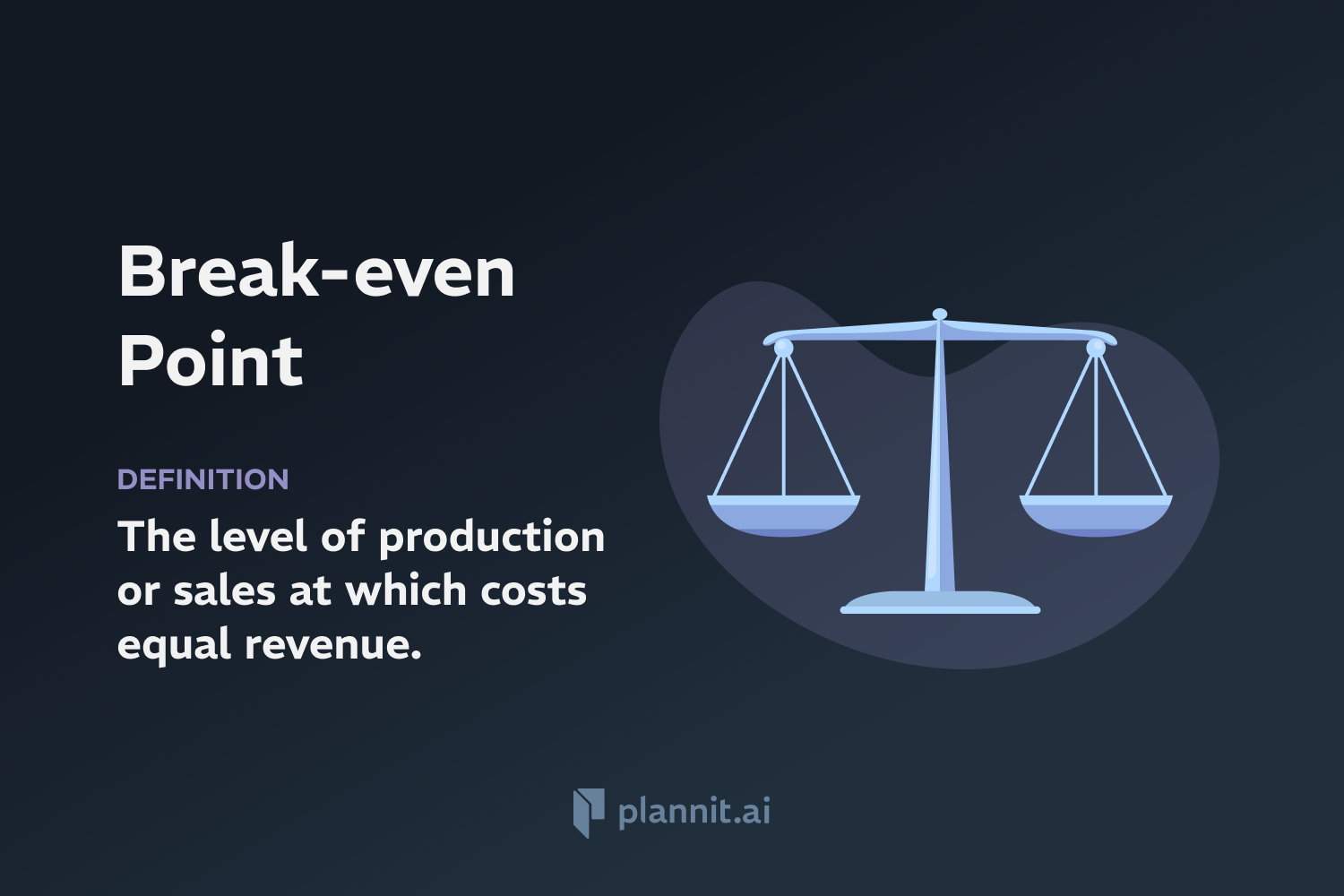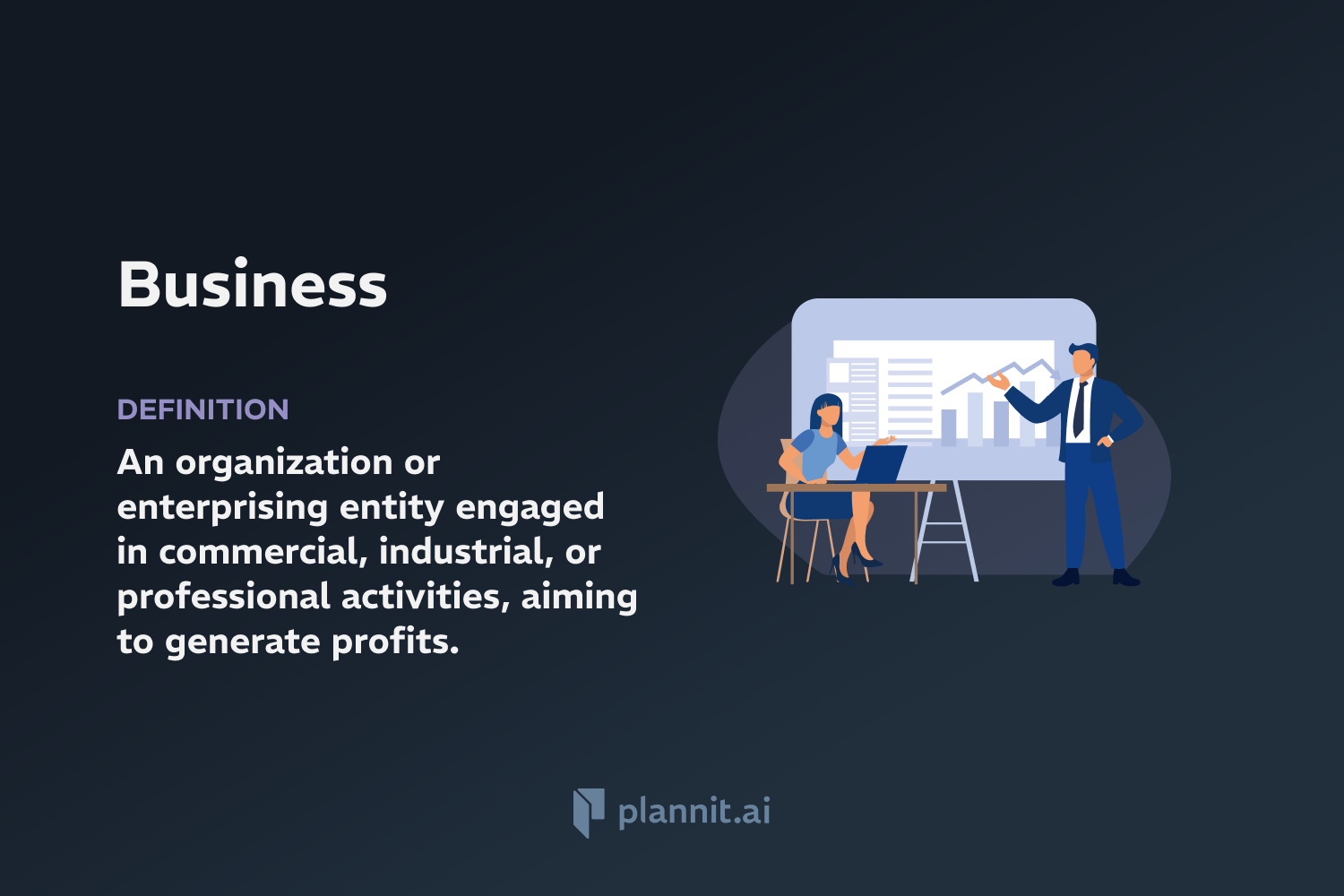Need Help With Your Business Plan?
Answer tailored questions and get a detailed business plan in minutes.
Economies of Scale: Definition & In-Depth Explanation
Definition:
Economies of Scale refer to the cost advantages that enterprises experience as their production output increases, resulting in a lower cost per unit of output. This phenomenon occurs because fixed costs, such as capital, management, and overhead, are spread over an increasing number of goods or services produced.
Context of Use:
Economies of scale are a fundamental concept in economics and business strategy, influencing decisions about production levels, market expansion, and competitive positioning. They are particularly relevant in industries with high fixed costs such as manufacturing, transportation, and utilities.
Purpose:
The primary purpose of achieving economies of scale is to reduce the cost per unit to gain a competitive advantage in the market. This can lead to higher profitability, lower prices for consumers, and increased market share for the business.
Example:
Manufacturing: A car manufacturer may reduce the cost of each vehicle through mass production techniques that allow fixed costs like factory setup and management salaries to be spread over more units.
Related Terms:
Diseconomies of Scale: The phenomenon where costs per unit increase as a company grows too large and becomes inefficient.
Marginal Cost: The change in total cost that arises when the quantity produced is incremented by one unit.
Fixed Costs: Business expenses that are not dependent on the level of goods or services produced by the business.
FAQs:
1. What are the types of economies of scale?
A: There are two main types: internal, which arise from actions within the company (such as production efficiency improvements), and external, which occur outside of the company (such as industry-wide improvements in manufacturing technology or supply chain logistics).
2. How do economies of scale affect prices?
A: Economies of scale typically lead to lower prices for consumers because as production costs per unit decrease, a company can reduce the price it charges for its products without affecting its profitability.
3. When do economies of scale exist?
A: Economies of scale exist when increased production leads to lower costs per unit produced. This typically happens when a business's fixed costs can be distributed over a larger number of goods, reducing the cost of each unit.
4. What challenges can arise from economies of scale?
A: Challenges include potential overexpansion, where the cost savings from increased production are outweighed by the inefficiencies of managing a larger operation, leading to diseconomies of scale.
5. How can small companies compete with larger ones that benefit from economies of scale?
A: Small companies can compete by focusing on niche markets, offering customized products or services, or competing on quality and customer service rather than price.
Get funding with a business plan that will impress investors.
Starting a New Business?



